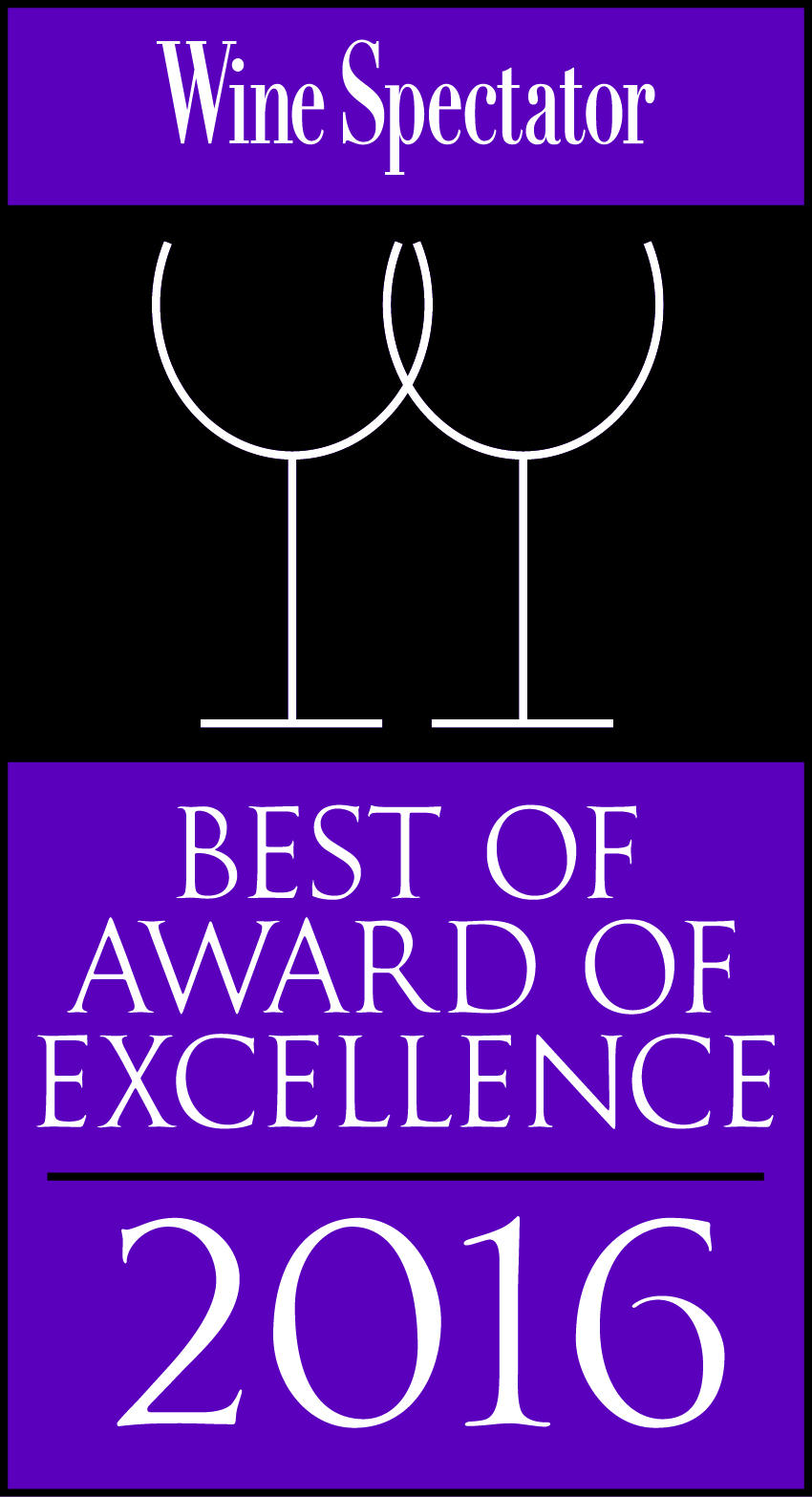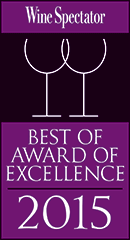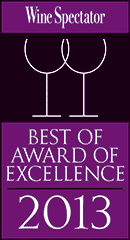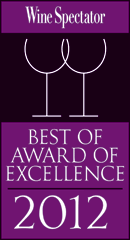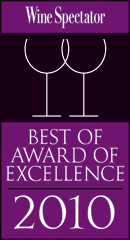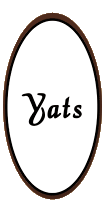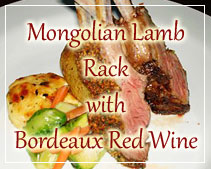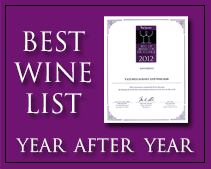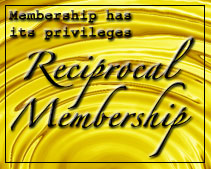In 1993 Englebert Prieler, an Austrian vintner, decided for the first time to bottle a single-vineyard wine from the grape variety Blaufränkisch.
January 12, 2011
In 1993 Englebert Prieler, an Austrian vintner, decided for the first time to bottle a single-vineyard wine from the grape variety Blaufränkisch. When it came time to sell the wine, he priced it the same as his better known Cabernet Sauvignon. However, the Blaufränkisch bottles languished unsold until a Swiss collector bought them all as a block. Adding insult to injury, the asking price at the winery was only 20 schillings (about 1.50 euro) a bottle.*
Things have changed. The 2006 vintage of that same wine, a fuller style of Blaufränkisch, now sells for about $130 per bottle in the U.S.
While Blaufränkisch is hardly a household wine term, it has risen from nothing in 1995 to, well, more than nothing. During that time, growers in eastern Austria, the grape’s ancestral home, have started to take care with the grape to plant it in good sites, reduce yields and stop blending it with other varieties.
Smart moves. I tasted through over a dozen of the top examples at a recent press event organized by David Schildknecht (pictured, right), critic and writer for Robert Parker’s Wine Advocate. Schildknecht suggested that Blaufränkisch is one of the grapes that most transparently reflects the soil and setting where the vine grows but, in non-wine-nerd terms, it’s a grape that delivers in many styles and, thus, could have broad appeal.
When I asked winemaker Roli Velich of the Moric winery which grape was the most apt comparison for Blaufränkisch, he suggested no fewer than three: pinot noir from Burgundy, Syrah from the Northern Rhone and Nebbiolo from Piedmont. I could see the blend of finesse, power and aromatic intrigue that he invoked across the wines that afternoon.
For example, Velich’s old vine 2002 Neckenmarkt ($85, if you can find it), aged 22 months in small, old oak barrels, had an herbal lift to the mature fruits on the aroma and fine tannins that actually could probably age for quite a while longer.
Then there was the lighter style of Blaufränkisch, such as the wines of Muhr & van der Niepoort. In 2002 Dorli Muhr, who owns a public relations firm, acquired the vineyards near the Spitzerberg, a smallish–this is Austria, after all–mountain southeast of Vienna where she vacationed as a child. The 2006 Spitzerberg ($45, next time you’re passing by a Vienna wine shop) has delicate, alluring floral aromas with fresh, vibrant acidity. The 2007 Spitzerberg, with a featherweight 12.2% alcohol, has similar aromatic appeal but more tannic structure. There’s a reason for this:
Dirk van der Niepoort, Muhr’s ex-husband and arguably the most talented winemaker in Portugal, made the first few vintages, including the 2006. But by the next vintage, as the marriage ended, Muhr had to make the wine herself. The couple had introduced the Portuguese method of foot treading the grapes; Muhr now has about a third of her grapes stomped a la Lucille Ball, and over a dozen producers in the area have taken up the method. The idea is to get better extraction without crushing the grape seeds, which can impart bitter-tasting compounds.
And then there’s Blaufränkisch’s ability to age. Winemaker Uwe Schiefer brought an “old” Blaufränkisch along–old being 1999. Such is the Austrians’ delight at drinking their wines young, that Schiefer did not even have any of his own 1999s remaining: he bartered six of his 2007 Reihburg vineyard for a bottle of his 1999 Reihburg, one from a local restaurant and another from friend. While the 2007 was nebbiolo-like with savory tannins, the 1999 was quite delicate, delicious and comported itself in the glass surprisingly like a Barolo.
The only trouble with Blaufränkisch is that even though it’s only been a decade-and-half since the grape had trouble selling, now the wines are pricey and difficult to find.
Schildknecht argued that, like pinot noir, it is very difficult and thus best to avoid making low-priced Blaufränkisch. Fortunately, there are at least a couple entry-level options, such as the Moric 2007 Blaufränkisch (about $22). It’s delectable, with a grind of black pepper on the aroma.
Source: http://www.drvino.com/2010/02/04/blaufrankisch-best-red-wine-never-heard-o/
For inquires and reservations, contact us here
Are these articles useful for enhancing your wine and dine experience in the Philippines. Do they also help you with travel, leisure, vacation, dining out, nightlife and other leisure activities plans in Manila and other major cities of Philippines? Yats Restaurant hopes to provide you with ample information so you can plan your trips to Pampanga Angeles City Clark Freeport Zone whether you are travelling from Manila or other Asian countries such as Hong Kong, Shanghai, Singapore, Malaysia or Korea.
Restaurant reservations in Manila Philippines, planning of menu, selection of wine for dinner and booking a private function and event in Angeles City Clark Freeport Zone can all be handled. Yats Restaurant and Wine Bar has been regarded by many to be the premier restaurant north of Manila Philippines. Its 3000-line award-winning restaurant wine list has kept many wine lovers happy dining in this restaurant in Angeles City Clark Philippines for over a decade.
Yats Restaurant and Wine Bar was built by Hong Kong-based Yats International in 2000 to provide a world-class cozy fine dining restaurant, business meeting facilities and venues for private dinners and functions in Pampanga Angeles City Clark Freeport Zone. Pampanga Angeles City Clark Philippines was selected for this restaurant because of safety, clean air, absence of traffic and proximity to Manila and Subic.
For comments, inquiries and reservations, email Restaurant@Yats-International.com or call these numbers:
(045) 599-5600 0922-870-5178 0917-520-4401
Http://www.YatsRestaurant.com
Getting to this fine dining restaurant of Angeles City Clark Freeport Zone Pampanga Philippines
How to get to this fine-dining restaurant in Clark Philippines? Once you get to Clark Freeport, go straight until you hit Mimosa. After you enter Mimosa, stay on the left on Mimosa Drive, go past the Holiday Inn and Yats Restaurant (green top, independent 1-storey structure) is on your left. Just past the Yats Restaurant is the London Pub.
